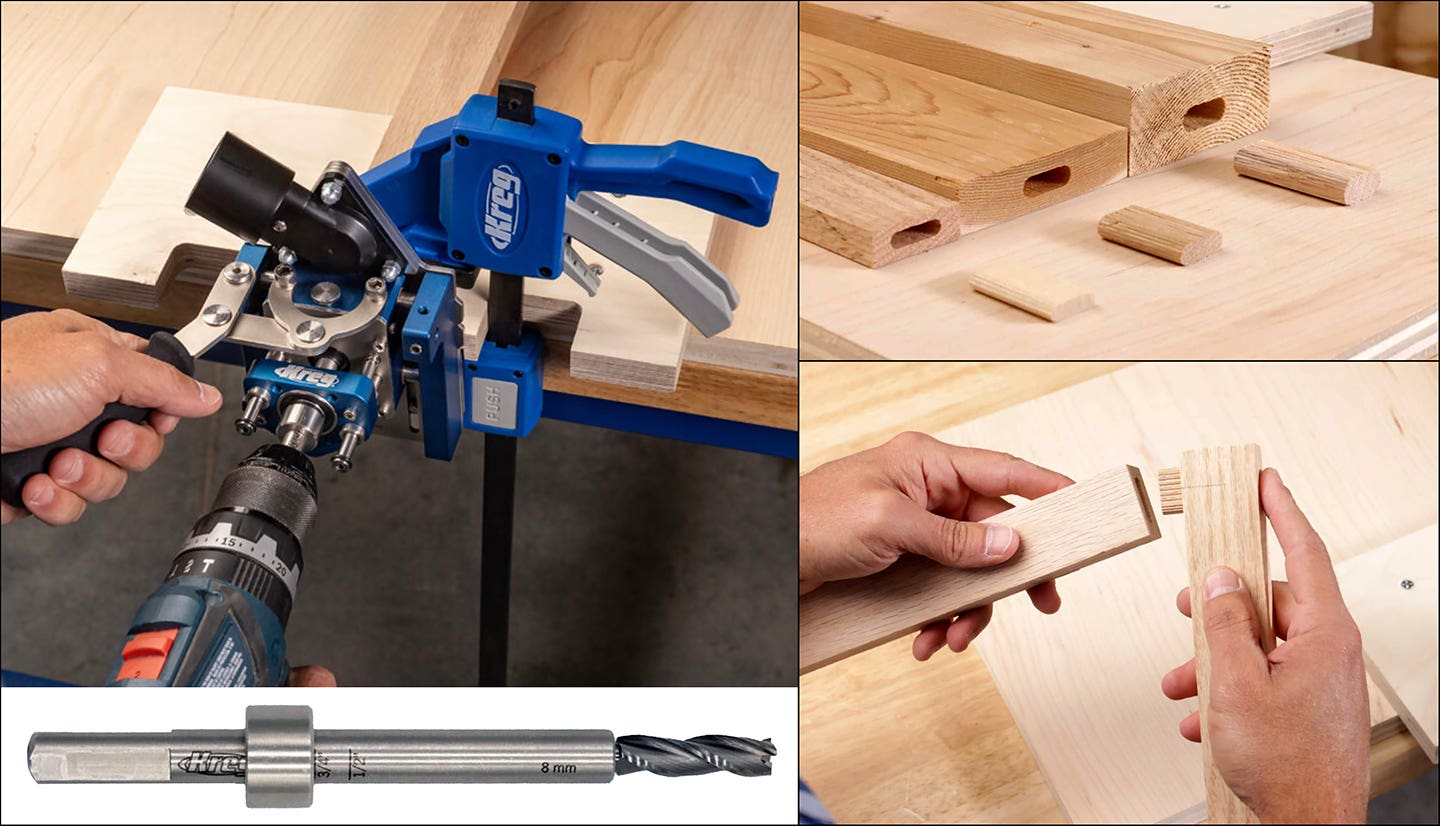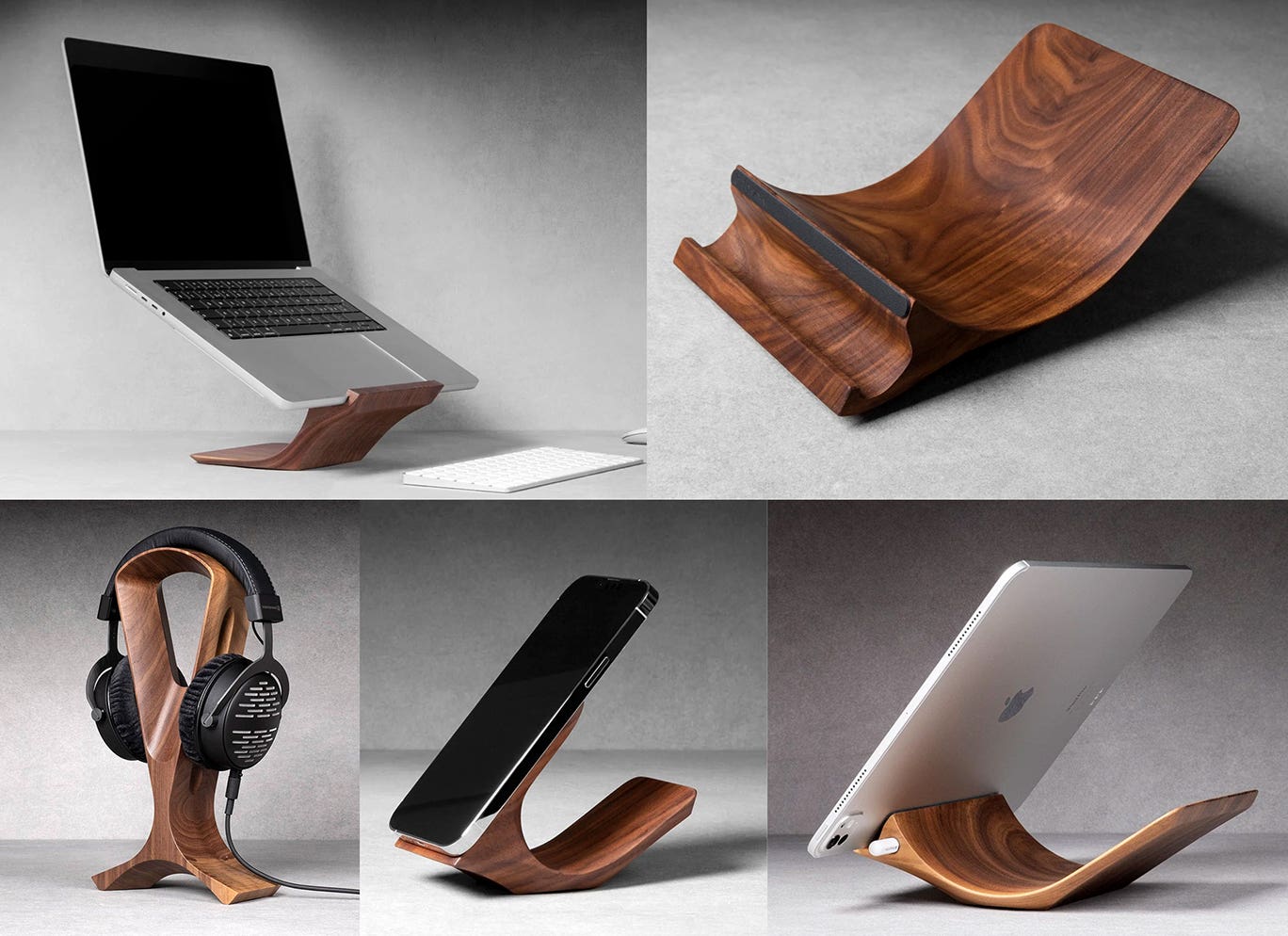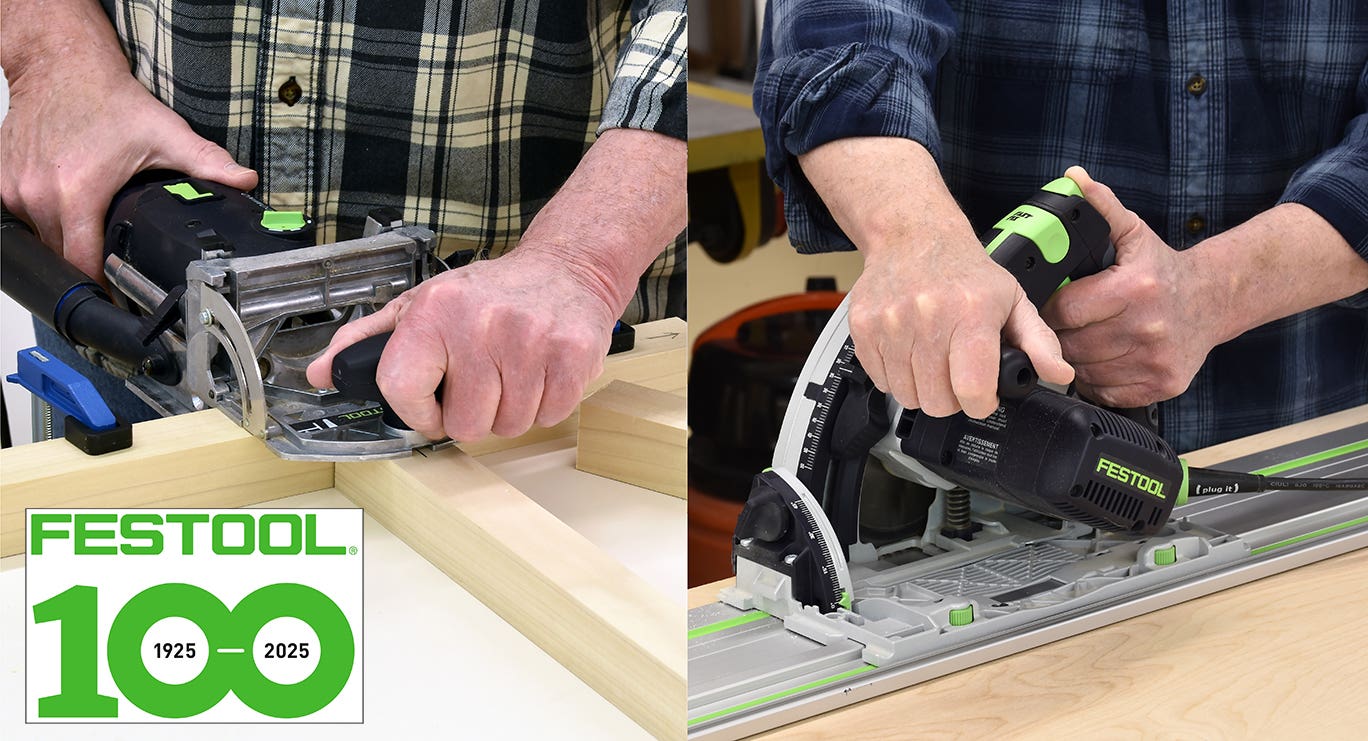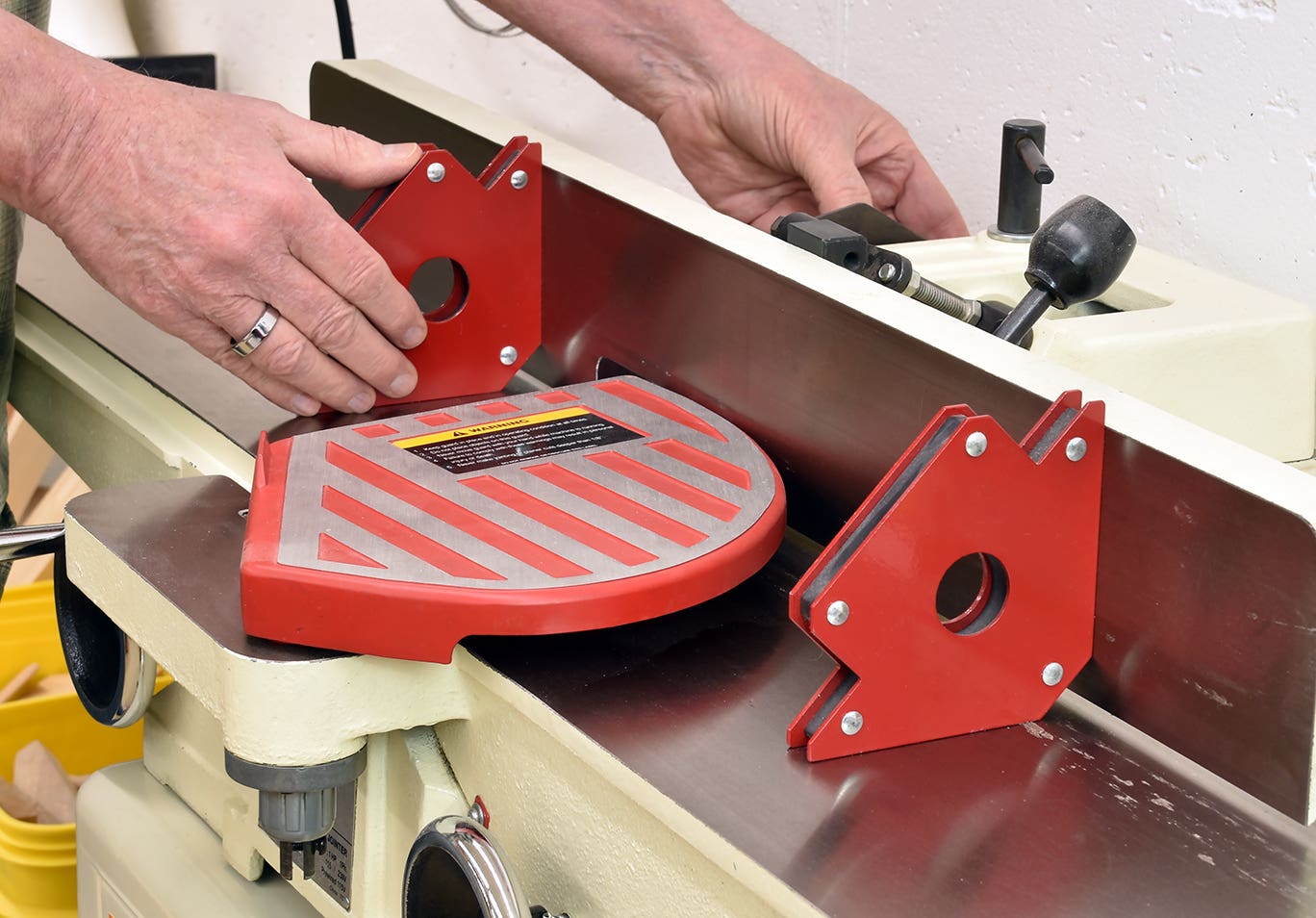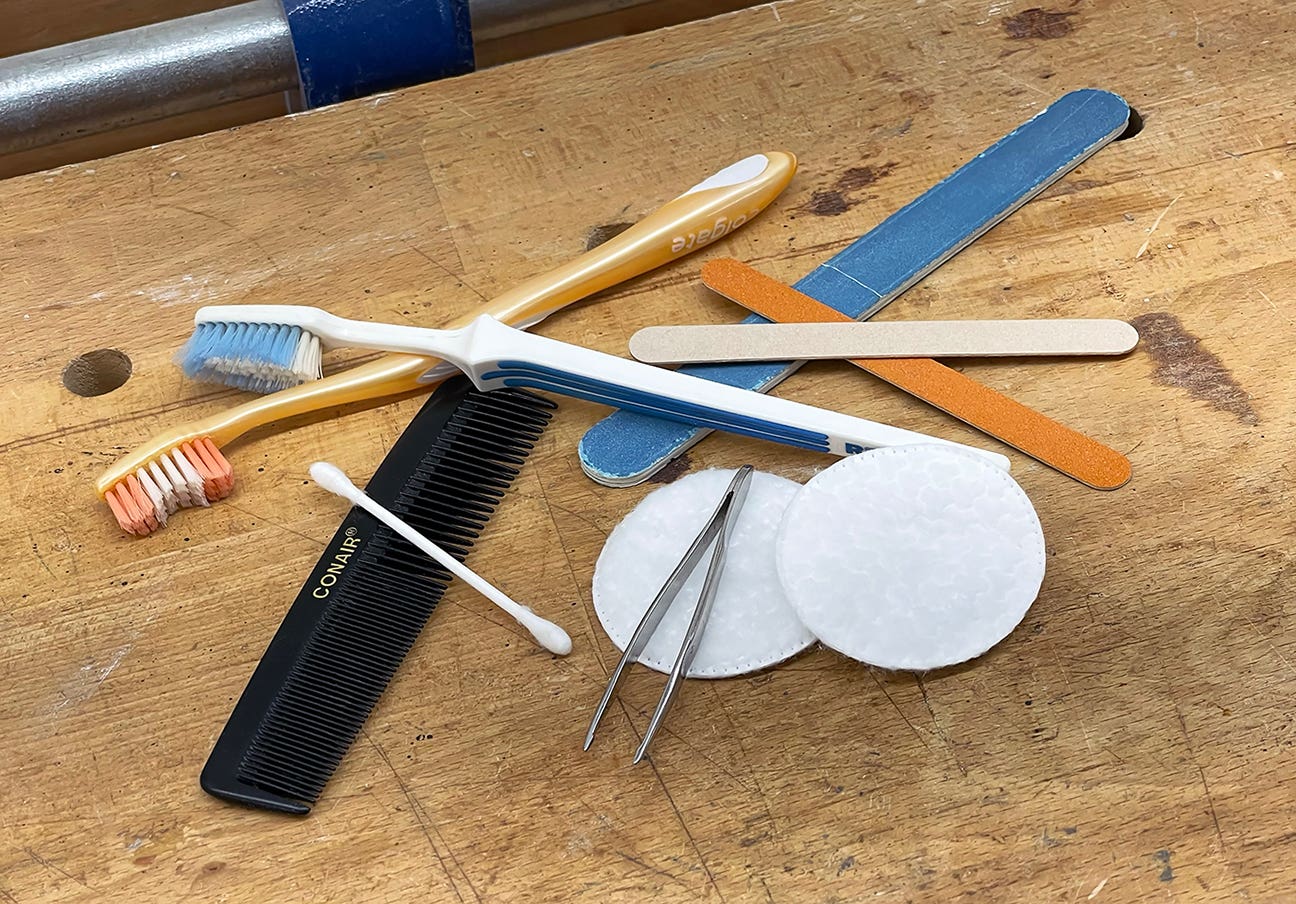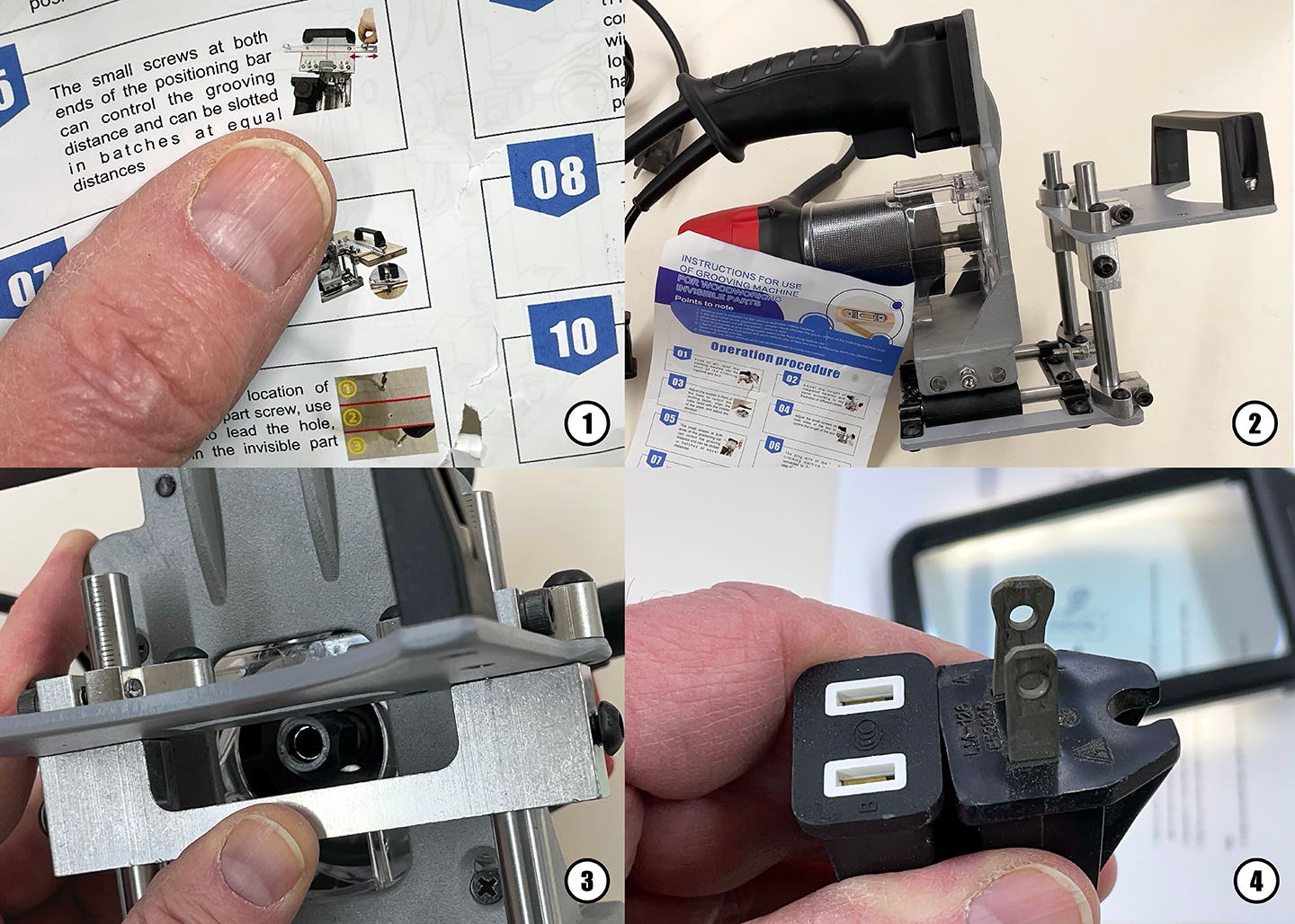Are computers taking over the woodworking trade?
A recent Internet discussion posed this question. So I thought I take this opportunity to share my views. Computers are not “taking over” anything. We have given it over. The…
A recent Internet discussion posed this question. So I thought I take this opportunity to share my views. Computers are not "taking over" anything. We have given it over. The question, as I see it, "Is it better to have the making of objects done by robots or by humans?"
Obviously if your only concern is the availability of objects, then robots are vastly preferable. They are always at work on time, rarely make mistakes and have much more endurance than humans. They can perform complex, precise tasks repeatedly without complaint and never do stupid things like sticking body parts into the paths of cutting tools. While they may never have an idea of their own, they will do exactly as they are instructed without backtalk or argument. They will never ask for more money or better working conditions. They don't care if the shop is too hot or too cold. They don't need breaks or lunches or benefits or vacations or weekends off.
Really, when you think about it, instead of complaining about being usurped, we humans should be grateful. We can spend our time at the beach house or flipping properties or building up our portfolios. Of course, if we don't solve our energy dilemma pretty soon, there my not be any way to power these machines.
This is not a variation on the "hand tools vs. power tools" debate. The reason is simple. For an example, let's look at a computer-controlled carving machine. Yes, it has to be programmed, and yes, a human does the programming. But after that, a human hand has absolutely no involvement in the production of the carvings. It's not like a human is doing the carving and it's a discussion about the chisel being an air-powered tool or a traditional "mallet driven" tool. In addition, cutting edge 3D scanning technology allows a carving to be scanned and the coordinates fed directly to the carving machine so that even the programming is done by the computer. This technology also makes it possible to scan a table leg, for example, that was carved by some long dead unknown carver so that even the necessity of being able to design such a table leg is no longer necessary. We are into something way beyond the "hand tool/power tool" thing here ...
D.D.
David DeCristoforo possesses an extensive resume as designer/maker of fine furniture, high-end cabinetry and architectural woodwork. His experience in professional woodworking spans a period of 35 years. For the past 20 years David DeCristoforo Design has been located in Woodland, California. During this time David's shop has ranged in scope from a "full on" cabinet production shop with as many as 15 employees to a small fine furniture and custom millwork shop, working with his son, David RBJ, a highly skilled maker in his own right.


